If you’ve looked at a Nooklyn listing or read a Nooklyn Story, chances are you have seen photos taken by Nicholas Doyle. We decided to put him in the spotlight for a change.
Before I spoke with Nicholas for this profile, we’d only ever exchanged a few brief emails, usually pertaining to photo needs for a story or press release. Known internally as Nooklyn’s “OG photographer,” Nicholas captures architectural details that the naked eye might otherwise gloss over, whether he’s photographing warm and inviting apartments, cozy neighborhood restaurants, or beautiful building exteriors. His photos can be found in all corners of Nooklyn’s digital presence, and he has worked hard to cultivate the skills and experiences that have ensured his success as a real estate photographer.
I use Nicholas’ work often as Editor of Nooklyn Stories, so I couldn’t wait to learn more about what he does and how he does it. With a background in real estate, experience in food photography, and a passion for interior design and architecture, he has cleverly carved out his own niche. I started our conversation with an obvious question—how and why did he become a professional photographer?
Nicholas referenced Steve Jobs’ Stanford commencement address in his response: “You can look back at your past and see how everything you did leads to where you are, but there’s no way to have predicted that those things would connect,” he paraphrased. “So I can look back and say that my love of certain things contributed to my life as a photographer, but it wasn’t like, this thing meant that I would be a photographer one day.”
As Nicholas walked me through his trajectory, I kept going back to this idea — what roles do chance and coincidence play in how our careers take shape? Is there really such a thing as a true calling, or do we simply assign this concept in retrospect?

Converging interests
During his childhood in Mississippi, Nicholas was obsessed with flashlights. Instead of toys as presents, his parents would gift him new and different flashlights to play with and collect. This eventually branched out into a broader interest in electronics, light, and technology. “I would dismantle things, much to my parents’ dismay,” Nicholas reflected. “And I’ve always been very visual. I’ve always liked looking at things, video games, movies. I have a fascination with seeing.”
Nicholas’ father worked in construction, so in his youth he was exposed to the inner workings of the built environment. He enjoyed watching structures come to life, and spent time flipping through home buying magazines and perusing real estate listings. “I liked the idea of home and coziness, places to live and be,” Nicholas said. “I really liked seeing the pictures of houses and kitchens and cooking. It only occurred to me recently that these were influences.”
For most of Nicholas’ life, photography was something he dabbled in for personal enjoyment when he had the time. His path has been a meandering one, which has included modeling in addition to being behind the camera, working as a real estate agent, and developing culinary skills. Soon after he began experimenting in the kitchen, he started to take food photos and post them to Xanga. (If you don’t know what Xanga is, Nicholas and I are officially old.)

Nicholas majored in Real Estate Finance in college, aiming to eventually work at an investment trust. He joined his school’s photography club — more so to pursue modeling than to hone his craft. But this experience ensured that photography continued to be a part of his life as a student and enabled him to interact with a community of passionate photographers. “A guy in the club, Kevin Felker, seemed to see that I had an eye for photography and he lent me all of his camera equipment — a Canon 40D, several lenses, and a speedlite. It’s because of him that I use Canon cameras, and that gift helped me get valuable experience,” Nicholas recounted.
Nicholas’ passion for food and culinary photography grew exponentially as he discovered the vastness and diversity of the restaurant scene upon relocating from Mississippi to NYC. Another friend, Meredith Norwood, recognized his potential and lent him a Canon 5D Mark II camera. “She also saw something in me and wanted to facilitate it. I shot for years on that camera and didn’t buy a new one until I started working at Nooklyn,” Nicholas explained. “I mention this because we like to think everyone is a superhero and all their accomplishments are solely their own, but really the support of our community and the luck and opportunities that fall in our lap play a massive part in our success — something I learned from Malcolm Gladwell’s Outliers.”
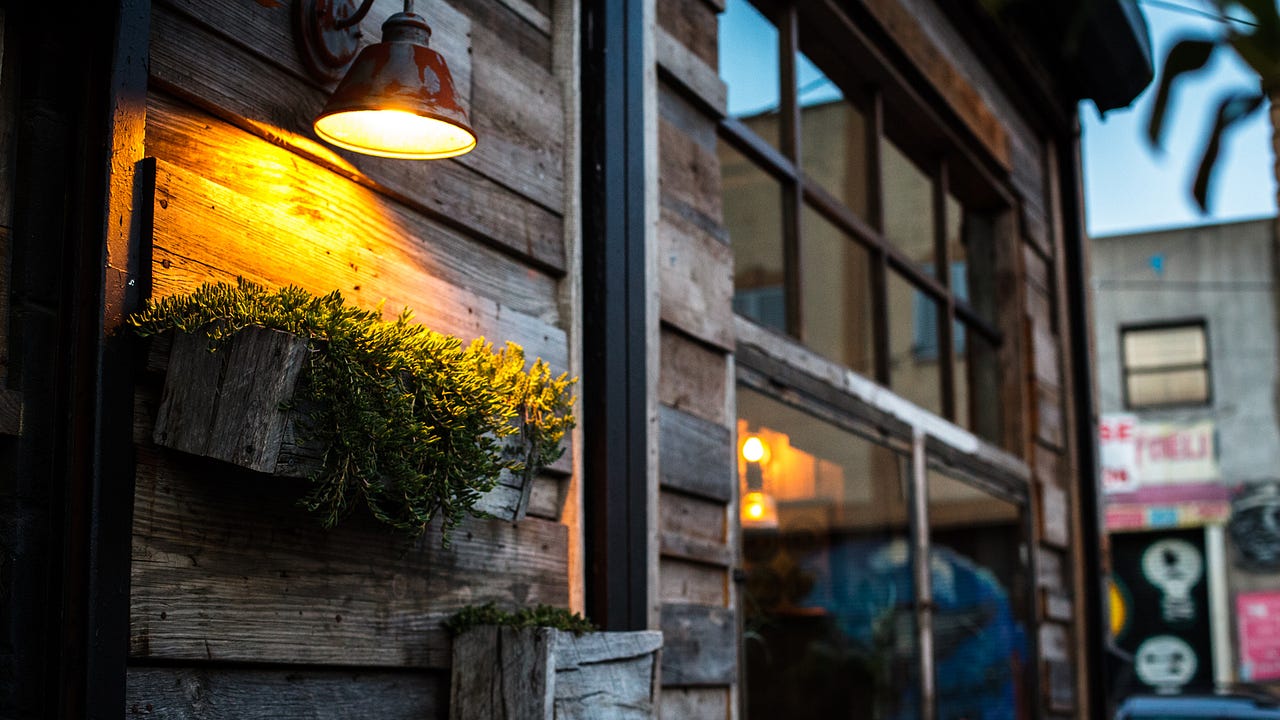
In parallel, Nicholas realized that a career in finance might not be as feasible as it had seemed in college (welcome to the club), so he started seeking out paid photo gigs — the first of which was for Montana’s Trail House, a now-closed restaurant that was next to Nooklyn’s Bushwick office. The photos Nicholas took on that assignment led him to become Nooklyn’s first in-house photographer. He had been on the team as an agent already, but as soon as company execs looked at his portfolio they began asking him to take photos for apartment listings and neighborhood guides.
“I’d been shooting apartments for a while as an agent—rather than taking photos with a cell phone, I would take them with a good camera. So my ability to shoot interiors was already evolving,” Nicholas said. Since going full-time as a photographer, he’s taken photos of countless apartments, homes, and restaurants, and has shot in almost every neighborhood in the city.
These days, Nicholas is focused on sharpening his architectural photography skills and is learning more about the intricacies of the craft. “My style has developed into something where every image is very slow and considered. This approach plays a big role in how I do showroom shoots.”
Innovation in showroom photography
In real estate, a showroom is a “model unit” within an apartment building that is staged with furniture to help prospective residents envision the space. Nooklyn Showroom Director Jordan Ringdahl manages all logistics, design, and decoration of these apartments. He commissions artists to provide original work and sources furniture from trusted brands. He also collaborates with Nicholas to ensure they are photographed beautifully and authentically.
“Nicholas’ sensitivity to the work and his drive to push past average apartment photography aligns with my ethos,” Jordan told me. “People assume model apartments are meant to be very staged and sparse with furniture bought on the quick, and that the photos will be over-brightened, oversized, distorted. We are doing things differently.”
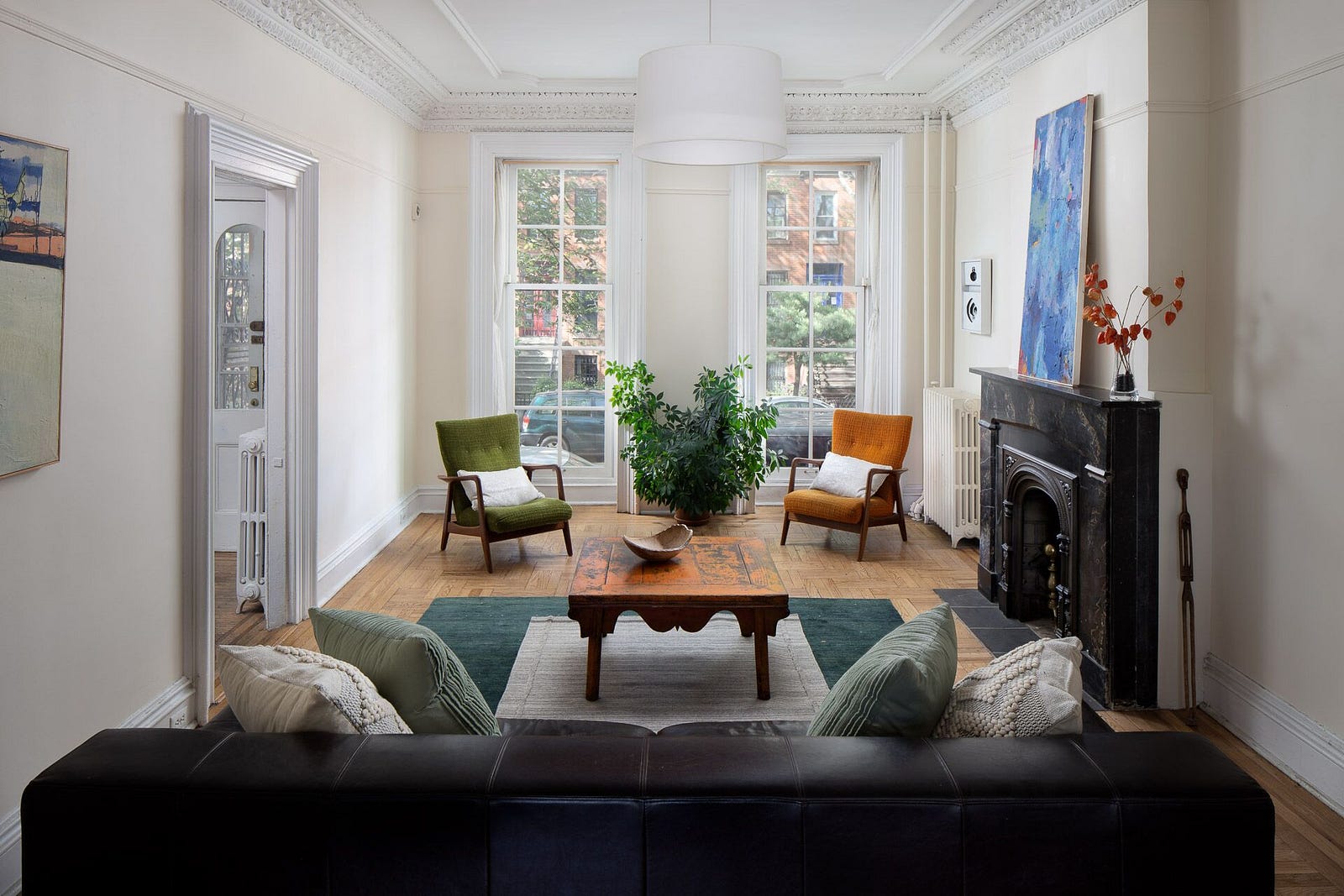

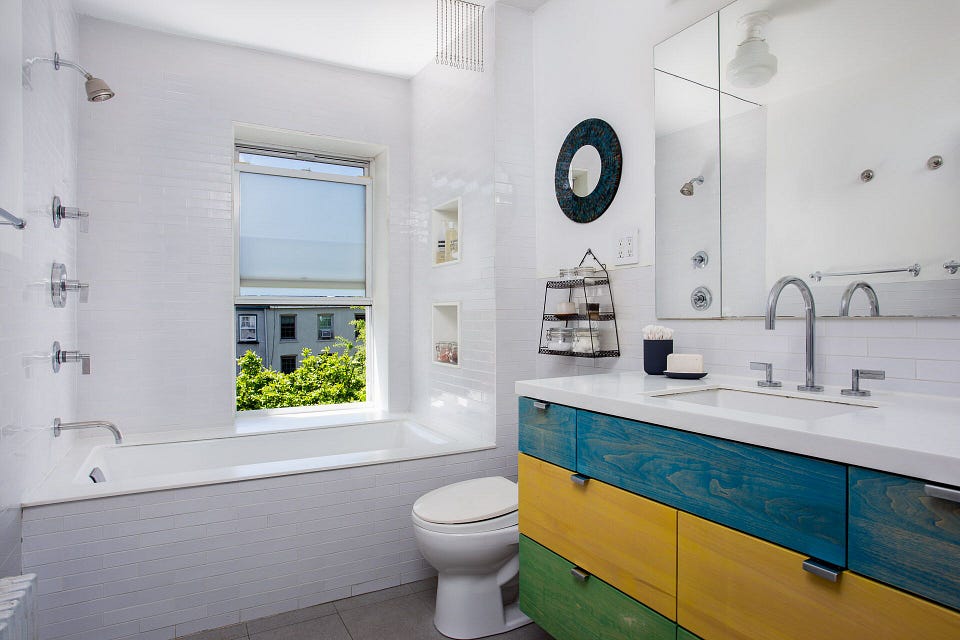
Nicholas’ process for shooting showrooms typically involves some basic equipment — a camera, a tripod, and a few lights. With this type of photography, though, details and composition are key. “When you walk into a space, you’re able to move around and you can appreciate all the dimensions. But the camera doesn’t see in three dimensions and it can’t move, so everything needs to look good from the spot that the camera is in,” Nicholas said. “The first part of the process is taking in the room and finding the best spots. Then, I make sure all the lines look perfectly straight and I show off how the light looks in that room. Then I move onto the next room, and the next.”
From Jordan’s perspective, it’s imperative to work with a photographer who is not only talented and professional, but who he has a good rapport with. “Showrooms are a bit like graffiti. They happen very quickly, they look great when they’re first done, and it’s only a matter of time before they don’t exist at all,” Jordan told me. “I need to trust in whoever’s photographing it, and with Nick I always can.”
After he’s done photographing, Nicholas heads to the editing room to build the final photo set. This can be time-intensive, especially for larger single family homes — earlier this year, Nicholas teamed up with Jordan and agents Talya Chalef and Heather Yampolsky to photograph a historic townhouse on Wyckoff St. in Boerum Hill. This was a fairly involved and architectural project, so Nicholas teamed up with photo assistant Benny Krown and brought additional equipment and lights. Though the shoot was a heavier lift, the photos turned out phenomenally and it ended up being one of Nicholas’ favorite projects.
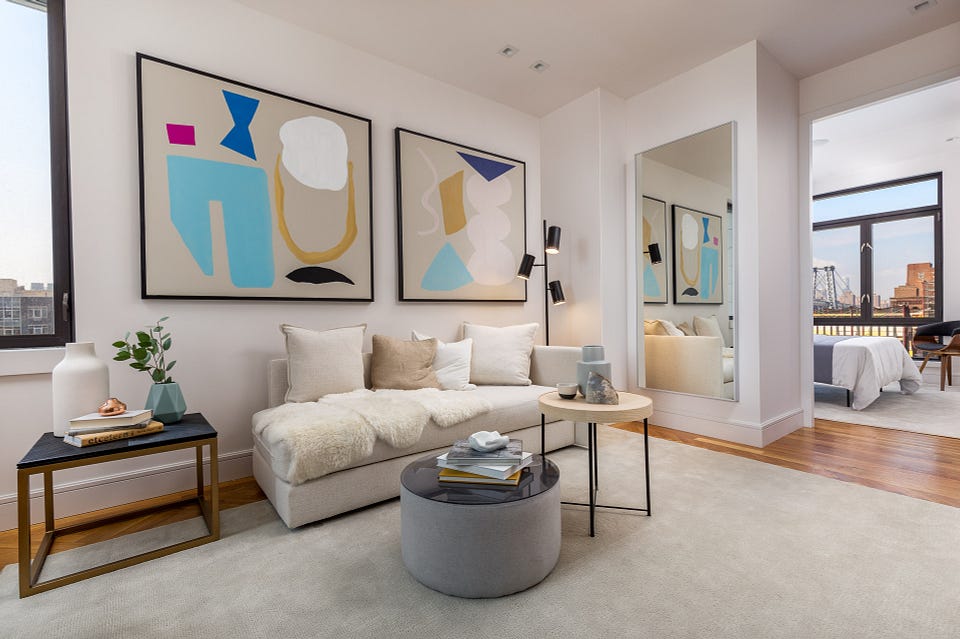
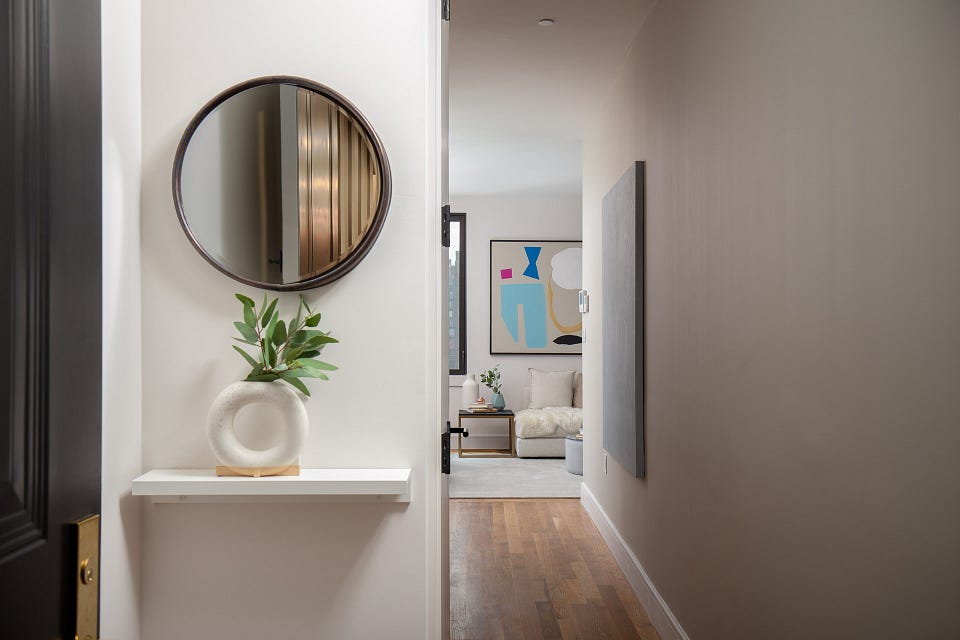
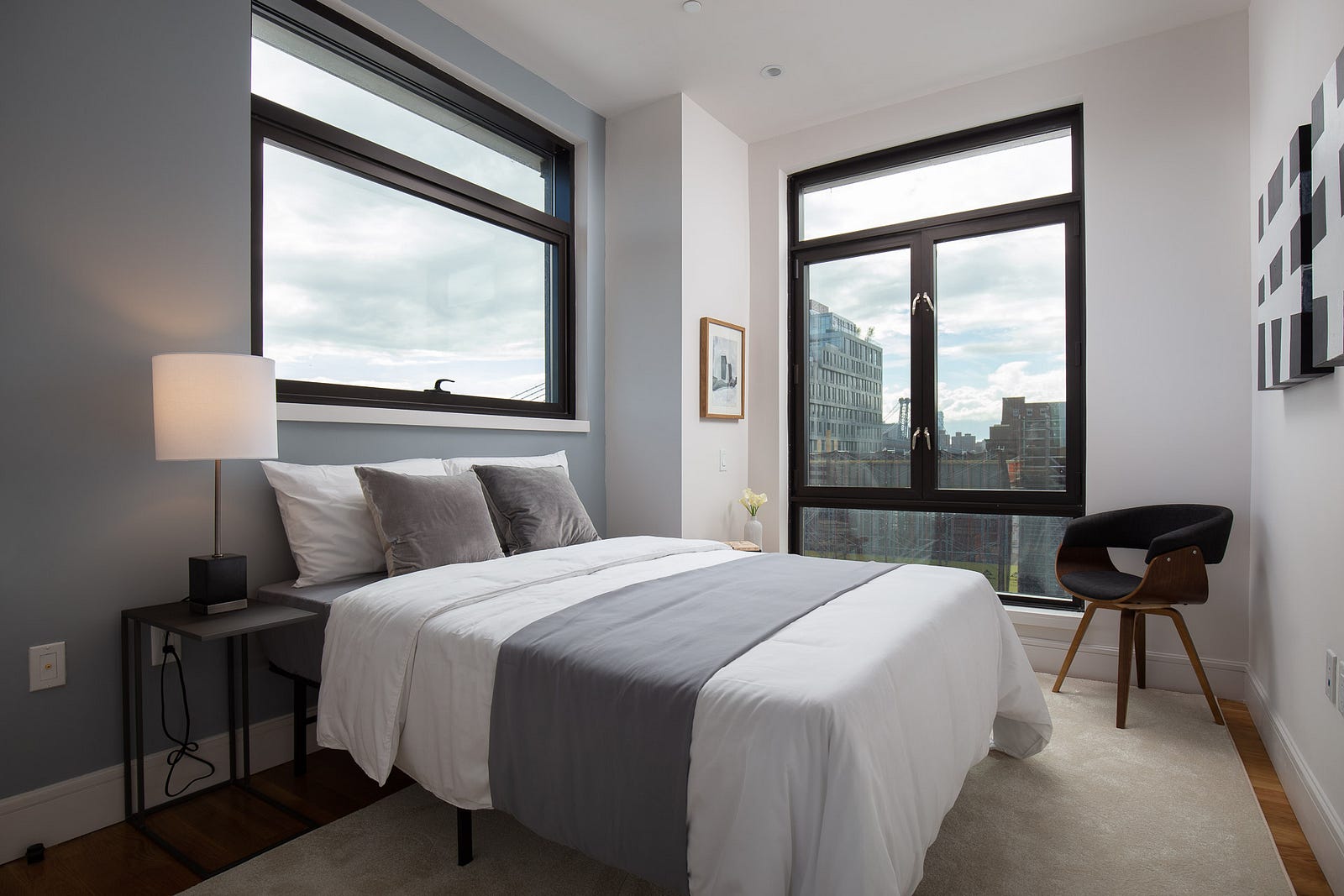
Another showroom that Nicholas enjoyed working on in 2018 was at 321 Wythe, a luxury building in South Williamsburg that overlooks the East River and Manhattan skyline. “Jordan did a great job with the apartment, the views were spectacular, and it got a lot of nice light at sunrise and sunset. That made for some really fun images,” Nicholas said.
For 10 Rutgers, a high-rise in Two Bridges, Nicholas focused on capturing the details that make it unique. “I haven’t seen many rental apartments with such nice finishings, with hidden panel fridges and dishwashers. The kitchens have pocket doors and the recessed lighting is all well thought out. It’s rare to see rentals with that level of detail.”


Ultimately, the collaborative relationship that Nicholas and Jordan have built is vital to producing effective showroom photographs. “Nick encourages a dialogue as he’s taking photos, and I appreciate being involved. For each final photo we have at least 20 takes — you know, ‘let me reset, can you back up, I want to move these books around, a little less angle or more angle, can you not get those cups on the top, they’re creating a shadow, let me take this down’. We try to get the perfect image,” Jordan summarized.
Real Estate Photography 101
One of the things I noticed when talking to Nicholas about photography was that he didn’t come off as pedantic or go on tangents about obscure technical details. It didn’t surprise me when he said he’d been meaning to make how-to videos for beginner photographers who are interested in learning how to shoot interiors. Naturally, I got him to share some advice.
“When they’re starting out, people often obsess over what camera to get and about the gear,” he began. “But learning how to take a good photo is much more important than poring over what camera or tools to buy. In fact, I tell most people to start with their cell phone.”
Nicholas also noted that for interiors, light tends to be best in the morning and afternoon (at midday, the light can be too intense). He added a pro tip: “If you don’t have a powerful flash, turn all the lights on. Get as much light as you can in the room to ensure the light levels are even.”

His next tip sounds simple, but is surprisingly important and oft overlooked. “One mistake that too many people make is just pulling their phone out of their pocket and taking photos. There’s almost always smudges on the lens. So first step is to wipe the lens. That will improve pictures for 90% of people,” he said. “Beyond that, make sure you hold it straight, keeping lines totally vertical or horizontal. You don’t want wild convergence from holding your camera tilted way down or up.”
Nicholas’ last piece of advice was to make sure to take a healthy mix of landscape and portrait images, especially if you’re not sure exactly how you plan to use the photos. Landscape photos work better with most online platforms and websites, but for apps like Instagram, portrait-oriented photos can be easier to work with.
Life as a photographer in New York
Nicholas found home in quiet, relaxed Ridgewood when he arrived, starry-eyed, in New York. He first moved in with his brother who lived in the neighborhood, and continued to reside in the area with his wife until their recent move to Kingston, in New York’s Hudson Valley. “We wanted to live near the mountains full time,” Nick said of the move. “I now take a relaxing train ride down the Hudson River at sunrise when I come into the city for apartments and photo projects.”
Outside of work, Nicholas still immerses himself in culinary pursuits in the city and beyond. “I go to spice shops and ethnic markets, and I shop at the farmer’s market. The amount of fresh local produce is amazing,” he said. Thanks to the freedom he enjoys as a photographer, Nicholas is able to spend time between shoots and edit sessions exploring restaurants and cafes throughout NYC. When it comes to eating out, he almost always opts to try something new over going to the same places over and over. “If I find myself in a neighborhood, I eat something there that I haven’t tried. The other day, I was below Prospect-Lefferts Gardens, basically in Flatbush. I went to a Guyanese restaurant I hadn’t been to before, and it was really great.”

He does have some go-to staples on his list, however, like Roberta’s for pizza (duh), Devocion for a cup of coffee, Father Knows Best for laid back vibes, and Stonefruit Espresso + Kitchen for getting work done in a plant-filled environment. He also cited Queen of Falafel as a great spot for Mediterranean food in Bushwick — “it’s a tiny little takeout joint, but it’s cute inside and their falafel and hummus are amazing. And, fun fact, all the photos on their website are mine.”
As he isn’t a native city-dweller, Nicholas is glad to be taking some space from the concrete jungle and is adjusting well to his new upstate lifestyle. Ridgewood is a decidedly less bustling area than the likes of Midtown Manhattan, but he has always made time for camping and hiking trips to unwind (and take lots of photos!). Now he plans to do even more of that.
Regardless of how he connects the dots from past to present, Nicholas’ story reminded me that the journey is indeed more important than the destination. We can make sense of anything looking back, so why not take things one step at a time, savoring the moment? For now, Nicholas is eager to travel more, eat more, and experiment with video, drone footage, and vlogging — in between apartment shoots, of course.
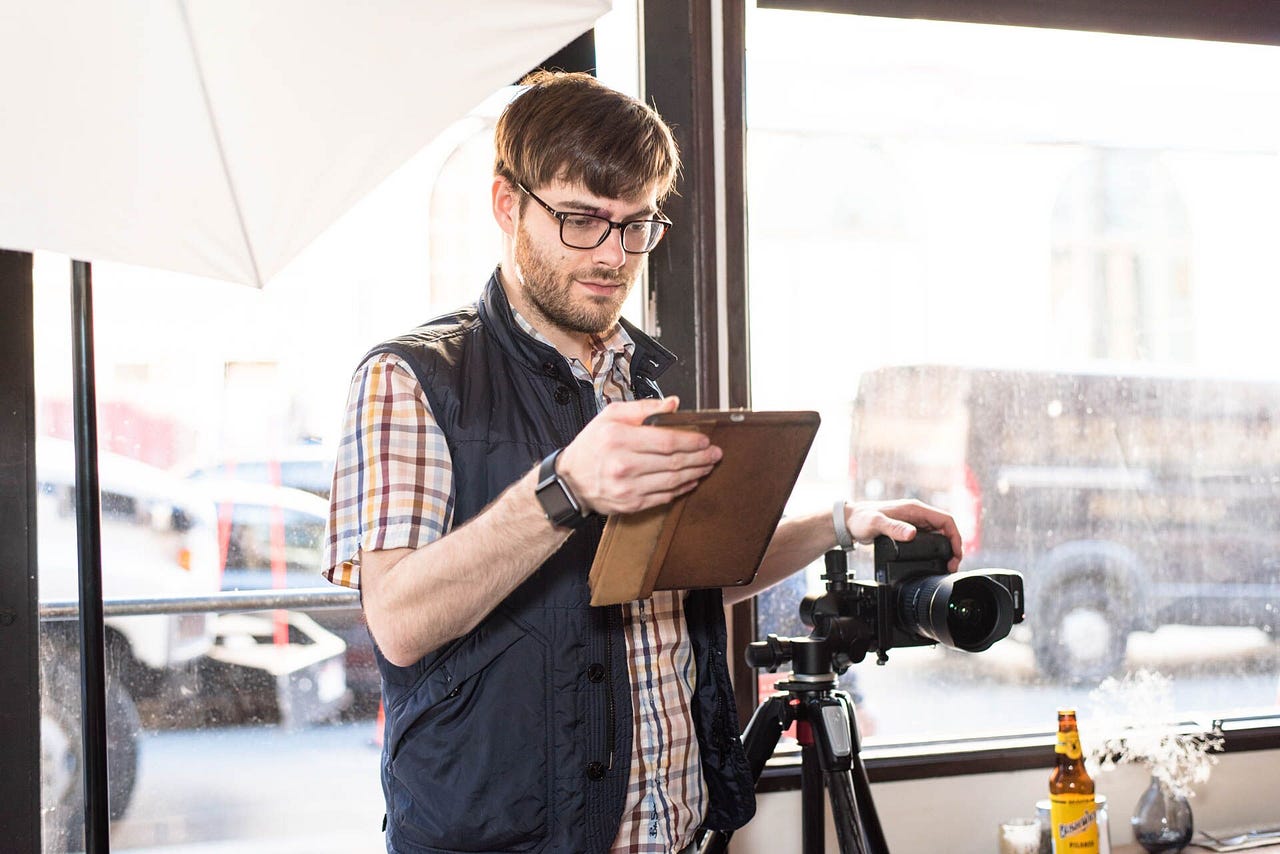
Share your thoughts with us by tweeting @nooklyn, reaching out on Facebook or finding us on Instagram @nooklyn.stories!
Photo Credits/Captions:
1) Cover photo by Daniel Webb
2) Photo by Hannah Cohen
3) Experimenting with the borrowed camera that led him to professional photography - Photo by Nicholas Doyle
4) Montana’s Trail House (now closed) - Photo by Nicholas Doyle
5) 238 Wyckoff - Photos by Nicholas Doyle
6) 321 Wythe - Photos by Nicholas Doyle
7) 10 Rutgers - Photos by Nicholas Doyle
8) 238 Wyckoff - Photo by Nicholas Doyle
9) Roberta's - Photo by Nicholas Doyle
10) Photo by Daniel Webb